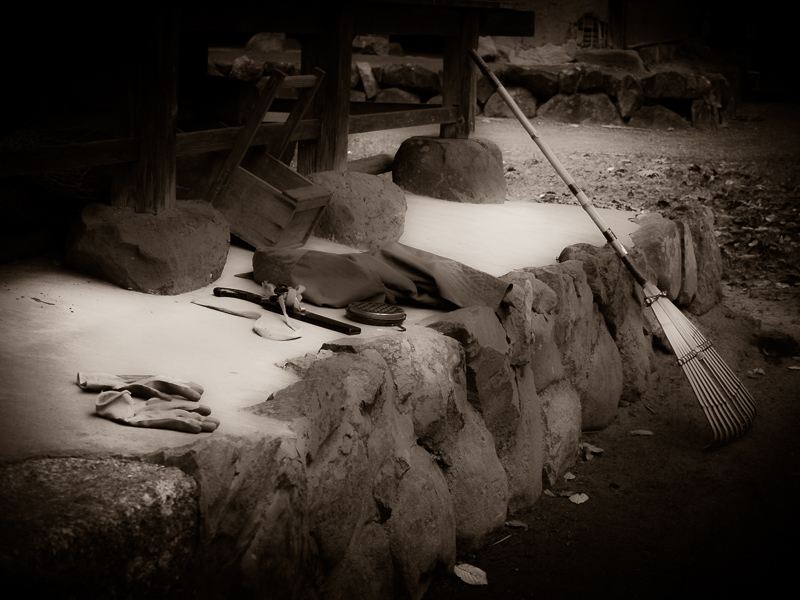Every Picture Is a Compromise
Lessons from the Also-rans
Most photography websites show the photographer's very best work. Wonderful. But that's not the full story of a creative life. If we want to learn, we'd better pay attention to the images that aren't "greatest hits" and see what lessons they have to offer. Every picture is a compromise — the sum of its parts, optical, technical, visual, emotional, and even cosmic – well, maybe not cosmic, but sometimes spiritual. Success on all fronts is rare. It's ok to learn from those that are not our best.
This is a series about my also-rans, some of which I've been able to improve at bit (i.e., "best effort"), none of which I would consider my best. With each there are lessons worth sharing, so I will.

Previous image | Next image |
Original digital capture

Ways of Seeing - Japan Edition
If properly engineered and manufactured, cameras are perfect optical copy machines. They are not, not ever, artists. That is left for us humans. This week, we'll look at various ways of interpreting Japan as have been developed for various of my projects — particularly how I've processed the images in ways other than a "straight shot."
What I saw that I liked:
A gardener was working in this park and when he took a break, I captured this scene.
What I don't like in the picture:
The above doesn't look like much. Worse, the light is very flat and boring.
What I learned:
I developed this soft and dream-like treatment for my book Dreams of Japan. It uses negative Clarity to soften the image, a tone curve that softens the highlights, and a corner vignette that adds to the dreamy quality of this project. I created a preset so I could easily text images to see if they worked with this processing. This image was a close call, but was eventually not used in the book. I particularly like the tones in the rake. I wish I had a close-up of that rake, but alas it never occurred to me to make that picture. |
|


